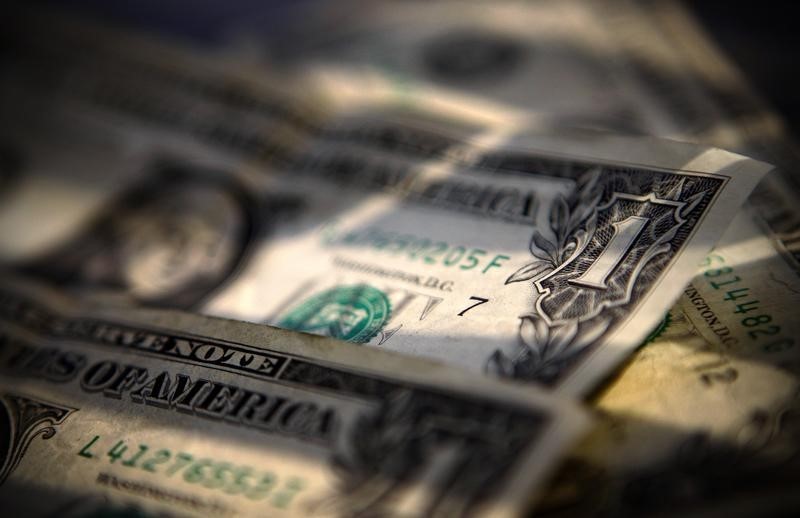By Gina Lee
Investing.com – The dollar was down, remaining near recent lows on Wednesday morning in Asia. Better-than-expected employment data in New Zealand raised expectations for interest rate hikes, while U.S. jobs data due throughout the week could indicate the U.S. Federal Reserve’s timetable for the same.
The U.S. Dollar Index that tracks the greenback against a basket of other currencies inched down 0.08% to 92.017 by 1:38 AM ET (5:38 AM GMT).
The USD/JPY pair inched up 0.01% to 109.06, with the Japanese services purchasing managers’ index (PMI) for July at 47.4.
The AUD/USD pair inched up 0.07% to 0.7399 and the NZD/USD pair was up 0.54% to 0.7052. In New Zealand, the employment change grew 1% quarter-on-quarter in the second quarter of 2021, while the unemployment rate was at a lower-than-expected 4%.
"We've flown past full employment, and the economy is becoming quite overheated," ANZ analysts told Reuters, who expect 25 basis point interest rate hikes from the Reserve Bank of New Zealand in August, October, November, February and May to carry New Zealand dollar rates from 0.25% currently to 1.5% by mid-2022.
The USD/CNY pair edged down 0.15% to 6.4605. China's private sector Caixin services PMI, released earlier in the day, was 54.9 in July, higher than the 50.3 figure from the previous month.
The GBP/USD pair inched up 0.09% to 1.3926.
In the U.S., ADP non-farm employment change for July, the Markit composite manufacturing PMI, the services PMI and the Institute of Supply Management (ISM) non-manufacturing PMI are due later in the day. The latest U.S. jobs report, including non-farm payrolls, is also due on Friday.
The data could help investors gauge the Fed’s timeline for both interest rate hikes and asset tapering. However, the dollar has now slipped more than 1% from a 15-week peak it hit a fortnight ago as investors question the strength and speed of the global economic recovery.
"The big dollar picture is that there is a pullback in Fed hike expectations, and we've seen the U.S. dollar head south,” with the focus now on the rates implications of jobs data, National Australia Bank (OTC:NABZY) senior strategist Rodrigo Catril told Reuters.
"We've all seen progress in the labor market, but the question is how much is good enough," he added. However, reaching the Fed’s target for this growth could take several consecutive months.
Safe-haven currencies have benefited from the weaker dollar as concerns about the number of COVID-19 cases globally remain. The Japanese yen has gained about 2.5% against the dollar in a month and touching its highest since late May during the previous session after falling since the start of 2021.
Another focal point for investors is the Bank of England’s policy decision, due to be handed down on Thursday. Swaps markets are already pricing an interest rate liftoff around June 2022.
"If the BOE communicates a more cautious outlook, then we could see hike bets by June 2022 pushed back, putting some pressure on sterling," Pepperstone research strategist at brokerage Luke Suddards told Reuters.
